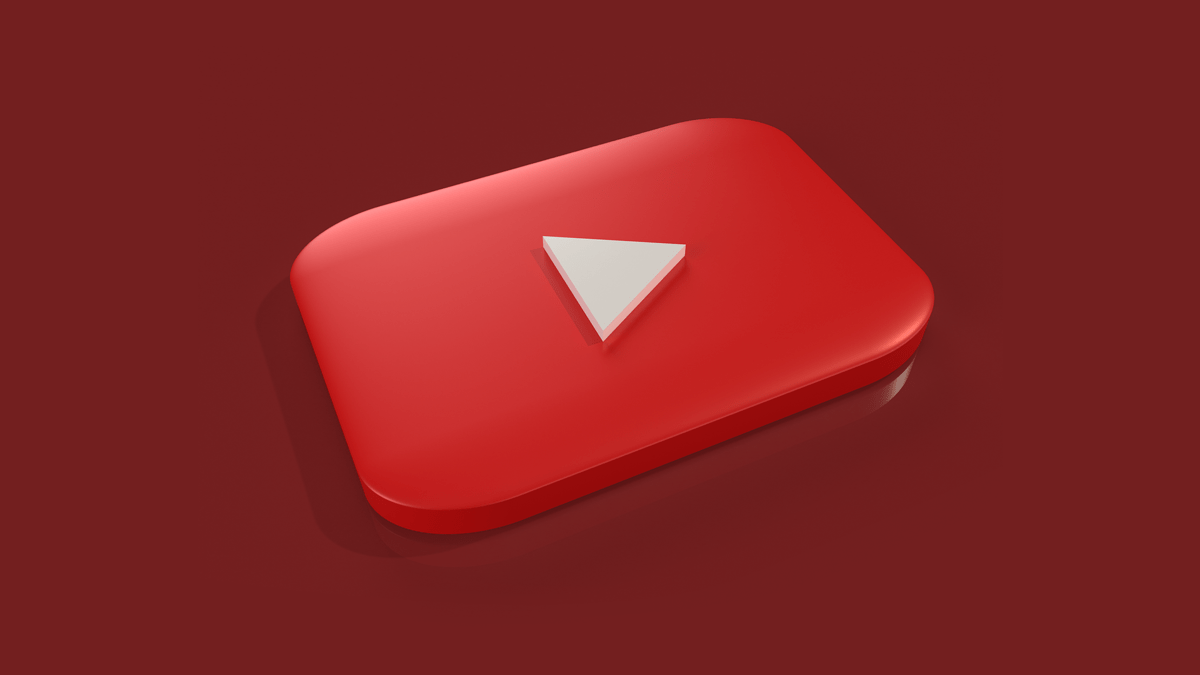
Photo Credit: Alexander Shatov
YouTube has inked a partnership agreement with ecommerce giant Shopify, enabling artists and others to promote and sell merchandise on their channels.
The Google-owned video-sharing platform announced its pact with Shopify (which finalized a Spotify deal last October) via a formal release today. Representing one component of a broader merchandise-support initiative at YouTube, the tie-up will allow “creators and merchants to easily feature their products across their YouTube channels and content,” higher-ups said.
Open to channels with over 1,000 subscribers as well as all “official artist” channels, Shopify integration appears relatively straightforward, per the video guide provided by YouTube. The stock of items displayed on each participating creator’s uploads will sync with the overarching Shopify account at hand, thereby preventing customers from purchasing products that are unavailable.
Moreover, stateside YouTubers can enable their fans to check out entirely on the video-sharing service, the company disclosed, specifically indicating that “viewers can complete their purchases without leaving YouTube.” The option could prove especially significant for members of the music community, including as they perform livestream shows and celebrate new releases.
In terms of YouTube’s aforementioned broader merch-support initiative, the platform also relayed that beginning next week, it will debut “a new shopping destination in the explore tab that will feature shoppable relevant content for viewers in the US, Brazil and India.” Execs expect to add more countries to this shopping destination later in 2022.
Moving forward, it’ll be worth following the commercial byproducts and the artist compensation of YouTube’s Shopify integration.
Despite the prevalence of music streaming giants like Spotify and Apple Music, YouTube remains the go-to option for accessing ultra-popular tracks including “Baby Shark” (nearly 11 billion YouTube views, 440.16 million Spotify streams) and Luis Fonsi’s “Despacito” (7.91 billion YouTube views, 1.42 billion Spotify streams), which are the most-viewed videos on the platform.
Additionally, all but two of YouTube’s top-30 videos (by views) are songs; the total counts as tracks several much-played nursery rhymes. It stands to reason that on-platform merch could sell well simply because of the traffic that reaches the uploads – and that which is reaching rediscovered tracks like Kate Bush’s “Running Up That Hill,” which has cracked 101 million YouTube views.
On a smaller scale, YouTube merch integration may make it easier for artists to capitalize upon fan interest (stemming from livestream shows, announcements, etc.) and more effectively convert finite excitement into sales.
To this point in 2022, YouTube has expanded the availability of its “Super Thanks” feature, embraced NFTs for creators, rolled out a dedicated hub for songwriters and producers, and unveiled a seasonal listenership recap to compete with Spotify Wrapped.

